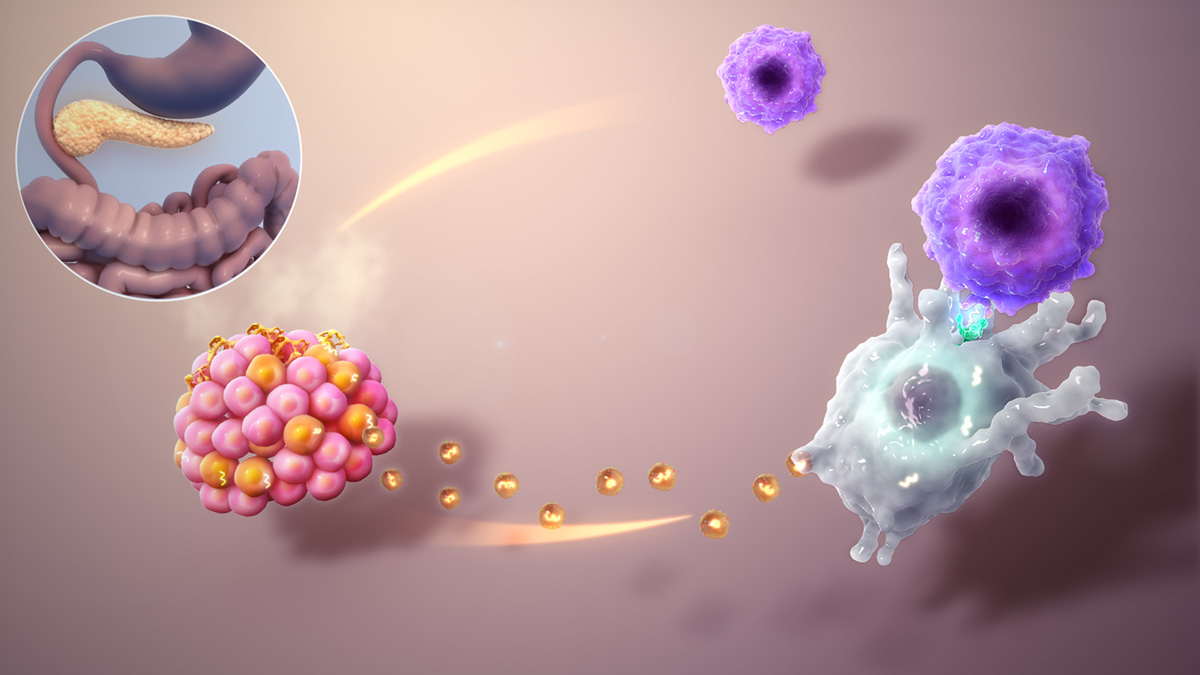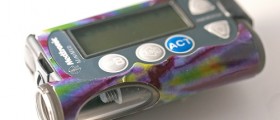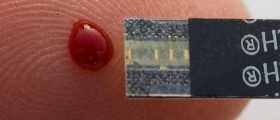
Type 1 diabetes, or insulin-dependent diabetes is a chronic condition which requires specific treatment and rigorous lifestyle modifications. The disease is associated with high level of glucose in the blood which, if not treated optimally, may cause a broad spectrum of complications and damage too many organs and organ systems. Type 1 diabetes may affect people of all ages but is also frequently diagnosed in children. Insulin-dependent diabetes in children develops as a result of autoimmune destruction of the B cells in the pancreas. These cells normally synthesize insulin and since they are damaged the body lacks this hormone. This is why insulin must be injected on a regular basis for the rest of the patient's life.
Type 1 Diabetes - Pathophysiology
The underlying cause of type 1 diabetes remains a mystery. However, scientists have managed to confirm that in the majority of patients the body's own immune system attacks the pancreas, i.e. the insulin-producing (islet) cells. As far as medical experts are concerned, this autoimmune response is initiated genetically or occurs after exposure to certain viruses and other potential triggers of subsequent damage to the pancreas.
The bottom line is that the child in whom the pancreas has sustained significant damage will eventually face insufficient production of insulin or complete lack of the hormone. The importance of the hormone reflects in providing energy to muscles and other tissues by allowing glucose to enter their cells.
Problem becomes even more serious when the body tries to help and starts producing even more glucose from sources in the liver. As a result, the level of glucose in the blood significantly rises but the problem remains unsolved since this powerful fuel remains in the blood until one is prescribed insulin.
Symptoms and Signs of Type 1 Diabetes in Children
Symptoms and signs of type 1 diabetes in children are actually the same as the ones affecting adults suffering from insulin-dependent diabetes.
The hallmarks of type 1 diabetes are increased thirst and urination. Once the sugar accumulates in the bloodstream, fluid leaves tissues and gets more excreted via kidneys. The child complains about being thirsty all the time, drinks abnormally large amounts of fluid and subsequently, urinates a lot.
Extreme hunger is another characteristic of the disease and it develops due to improper transfer of glucose into body cells. The energy of the child is depleted and in spite of consuming too much food the child may even lose weight. Lack of energy is blamed for fatigue and the child eventually becomes tired and lethargic all the time.
Furthermore, some children may be irritated or behave unusually. Blurred vision is a problem that may additionally be reported due to increased level of sugar in blood.
Finally, since diabetic patients are prone to yeast infection, any such infection particularly in the genital area of girls or diaper rash in babies that does not subside for a long period of time must be properly evaluated.
Type 1 Diabetes and Potential Complications
Type 1 diabetes can have detrimental effects on the entire body and may cause damage to practically each and every organ or organ system.
Even though the level of sugar in the child's blood is possible to be brought under control and maintained at an optimal level, certain complications will inevitable occur after many years.
First of all, there are heart and blood vessels complications. Cardiovascular problems of different kind may occur and these are basically blamed for angina, heart attack, stroke, atherosclerosis and high blood pressure, all of which usually occur later in life.
Secondly, excess sugar is blamed for damage to tiny vessels throughout the body, including vessels that nourish nerves (particularly nerves in the lower extremities). As a result, the patient may eventually develop diabetic neuropathy.
What is more, there is damage to the kidneys which may subsequently cause progressive kidney damage. Once the kidney function is lost, patients require either dialysis or kidney transplant.
Diabetic patients are prone to develop diabetic retinopathy later in their lives, foot damage due to poor circulation and progressive atherosclerosis They are also highly susceptible to bacterial or fungal infections.
Finally, even though there is no clear connection between diabetes type 1 and dementia or Alzheimer's disease, these two illnesses seem to occur more in diabetic patients compared to healthy population.Type 1 Diabetes Relevant Data
According to statistical data from the 2011 national Diabetes Fact Sheet there are 25.8 million people, both children and adults suffering from diabetes in the United States. This means that 8.35 of the population is dealing with this chronic illness.
As for people under 20 years of age there are 215,000 (0.26%) of them suffering from this type of diabetes which makes 1 out of every 400 children and adolescents. Boys seem to be affected more compared to girls.
Fortunately, children do not develop complications of the disease during their childhood even though these health issues may be initiated in this period of their lives. However, this does not mean that complications of diabetes will not eventually occur and make treatment more complex and demanding.
Treatment for diabetic patients in general is rather expensive accounting for $174 billion of total cost (estimated in 2007) out of which $116 billion was spent on direct medical costs while $58 billion was spent on indirect costs, those associated with consequence of the disease like disability and work loss.

















Your thoughts on this
Loading...